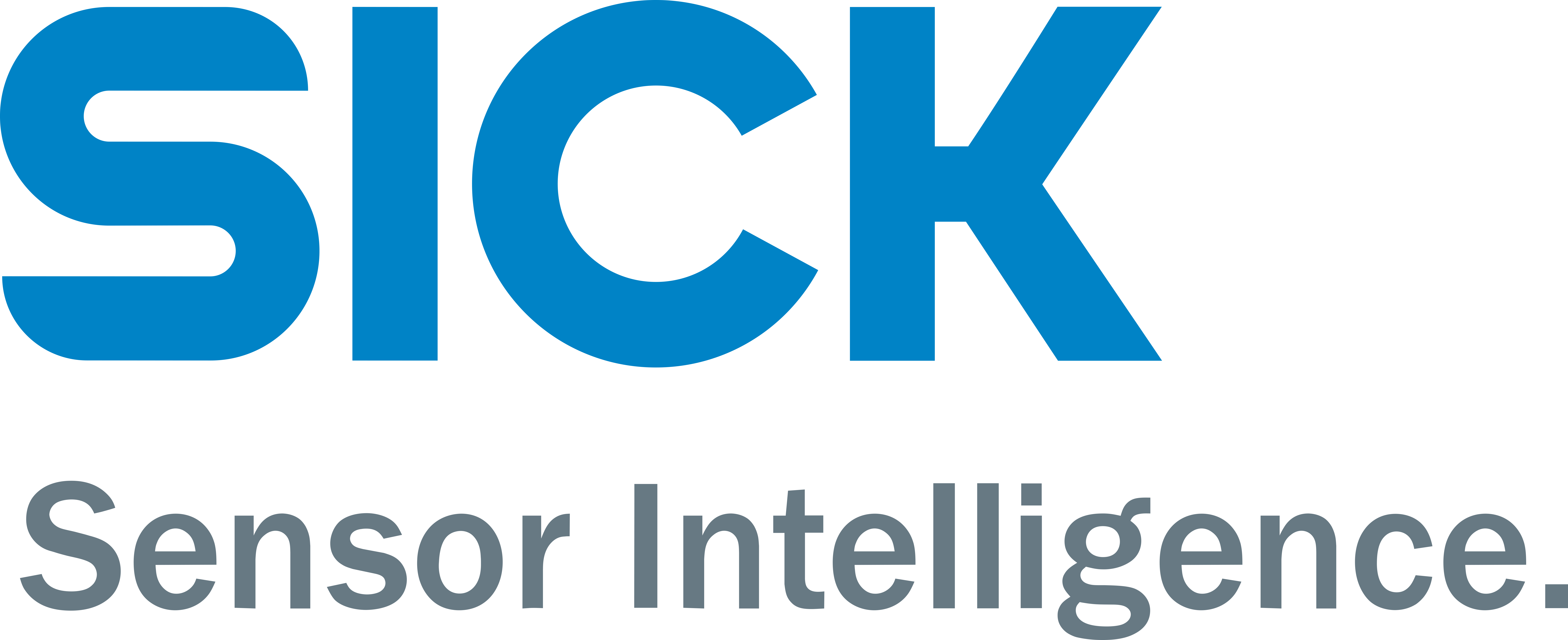
SICK
SICK, a global sensor manufacturer, excels in providing cutting-edge solutions for factory automation, logistics automation, and process automation. Established in 1946 by Dr. Erwin Sick, the company is headquartered in Waldkirch im Breisgau near Freiburg, Germany. With a strong presence worldwide through over 50 subsidiaries, equity investments, and numerous agencies, SICK leads the market by offering innovative sensors and application solutions. These solutions not only ensure secure and efficient process control but also prioritize individual safety, accident prevention, and environmental protection.
IrDA Transceiver Modules
Results:
Results remaining:0
Applied Filters:
SICK
No data |
About IrDA Transceiver Modules
Infrared transceivers are compact devices that integrate an infrared emitter, a photodiode, and control circuitry into a single package. They are specifically designed for efficient data transmission using infrared light. These transceivers are capable of transmitting data at high rates, reaching speeds of up to 16 megabits per second.
Infrared transceivers come in various module configurations to suit different application requirements. This includes Serial Infrared (SIR), Mid Infrared (MIR), and Far Infrared (FIR) variations, each offering specific advantages depending on the distance and data transfer needs. Additionally, these modules can be designed with either side or top view options to accommodate different installation setups.
To ensure standardization and compatibility, the Infrared Data Association (IrDA) has established protocol specifications for wireless data communication involving infrared transceivers. These protocols, such as IrDA 1.x and IrPHY 1.x, provide guidelines and standards for data encoding, modulation, and communication protocols. By adhering to these specifications, infrared transceivers can seamlessly communicate with other IrDA-compliant devices, enabling reliable and interoperable wireless data transmission.
Infrared transceivers find applications in various fields, including consumer electronics, telecommunications, computer peripherals, and industrial automation. They are commonly used for purposes such as wireless data transfer between devices, remote control functionalities, and infrared communication in automotive and industrial systems.
The integration of an infrared emitter, photodiode, and control circuitry within a single device package allows for compact and efficient data transmission. With the support of standardized protocols, these transceivers provide reliable and high-speed wireless communication, contributing to enhanced connectivity and seamless data exchange in numerous applications.
